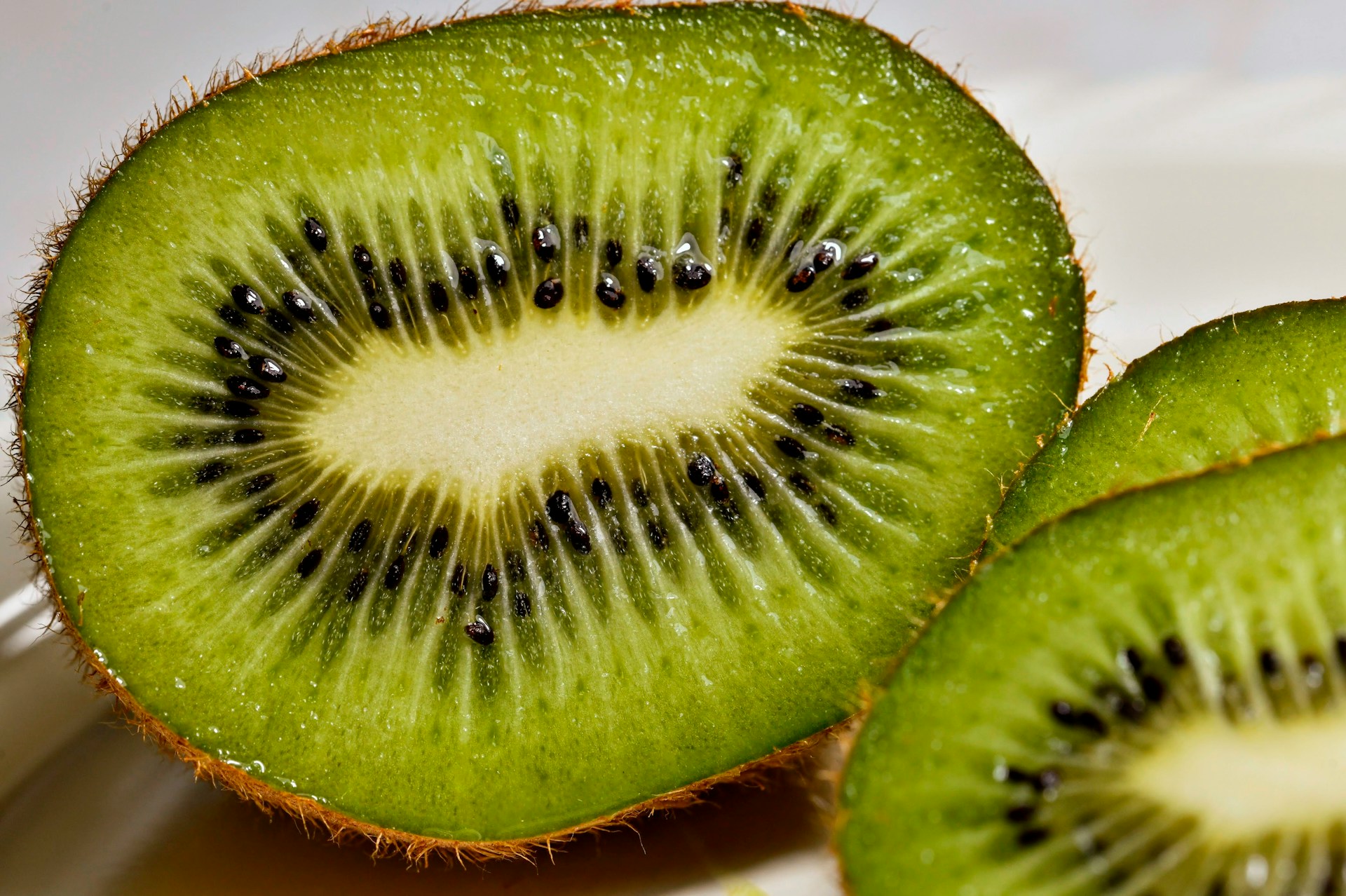
Kiwi, the small fruit with a fuzzy exterior and tangy taste, is a popular choice for salads, breakfast smoothies, and as a nutritious snack. However, knowing when a kiwi has gone bad is crucial to enjoy its benefits and avoid any potential health issues. This article will guide you through the signs of a spoiled kiwi, how to store them properly, and how to determine their ripeness. Whether you’re a kiwi aficionado or just curious about this unique fruit, read on to discover everything you need to know to ensure your kiwis are always fresh and safe to eat.
Is Your Kiwi Ripe or Overripe?
Understanding the ripening process of kiwi is essential. A ripe kiwi should be slightly soft to the touch, similar to a ripe avocado or peach. If the kiwi feels soft and gives under gentle pressure, it’s likely ripe and ready to eat. However, if the fruit is mushy or has soft spots, it may be overripe or going bad.
What Does the Skin of the Kiwi Tell You?
The skin of the kiwi can reveal a lot about its condition. A ripe kiwi’s skin should be fuzzy but not wrinkled. If you notice the skin starting to wrinkle or if there are patches of brown or green, this could be a sign that the kiwi is past its prime.
How to Determine if a Kiwi is Spoiled
When a kiwi has gone bad, it may exhibit several clear signs. These include an unpleasant smell, which is likely spoiled, and the presence of brown or green mold. If the skin or pulp looks wet or mushy, it’s best to discard the fruit.
The Shelf Life of a Kiwi
Kiwis have a relatively short shelf life, especially once they ripen. Kept in the refrigerator, a ripe kiwi can last for about a week. If you’re trying to extend its shelf life, keep it in an airtight plastic container or a paper bag with a banana to slow down the ripening process.
Can You Eat a Kiwi if It’s Just Soft?
A kiwi that is soft to the touch isn’t necessarily bad. It may still be edible, especially if it doesn’t have any off-putting smells or visible mold. However, if the kiwi feels soft all over and has dark spots, it’s best to avoid eating it.
Signs That a Kiwi is Going Bad
There are several telltale signs that a kiwi is going bad. These include a slightly acidic smell, flecks of white on the skin, and a pulp that may look wet or mushy. If you cut into a kiwi and notice any of these signs, it’s likely not safe to eat.
How to Keep Your Kiwi Fresh
To keep your kiwi fresh, store it at room temperature away from direct sunlight until it ripens. Once ripe, put it in the fridge to slow down further ripening. If you want to accelerate the ripening, place the kiwi in a paper bag with an apple or banana at room temperature.
The Best Way to Store Kiwi
The best way to store kiwi is in the fridge once it’s ripe. If you have cut the kiwi, store the remaining piece in an airtight container to keep it fresh. For unripe kiwis, keep them at room temperature on the kitchen counter next to a banana or apple to help them ripen faster.
When to Throw Out a Kiwi
If a kiwi has an unpleasant smell, visible mold, or an overly mushy texture, it’s time to throw it out. Eating a rotten kiwi can lead to foodborne illness, so it’s better to err on the side of caution.
Tips for Selecting the Best Kiwi
When selecting kiwis from your local grocery, look for fruits that are slightly soft but not mushy. Avoid kiwis with brown skin or those that feel too hard, as they may be unripe or already going bad.
In summary, to ensure you’re enjoying a ripe and juicy kiwi:
- Check for a slightly soft texture, but avoid mushy or overly soft kiwis.
- Inspect the skin for wrinkles or mold.
- Smell the kiwi; it should have a sweet, tangy scent, not an off-putting odor.
- Store ripe kiwis in the fridge and unripe ones at room temperature with other fruit to ripen.
- Discard any kiwis with signs of spoilage to avoid health risks.
Remember, a fresh kiwi is not only delicious but also packed with vitamins C and other nutrients, making it a great addition to your diet. By following these tips, you can enjoy this tangy fruit at its best and avoid the disappointment of a spoiled kiwi.




